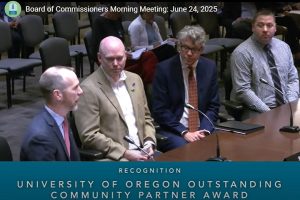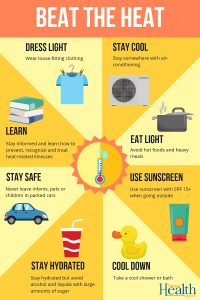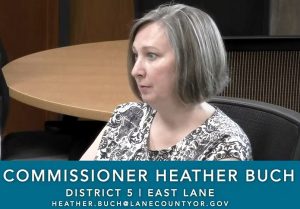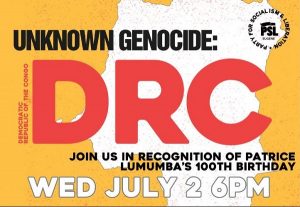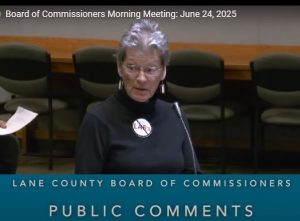Arcimoto looks to double production by end of year
6 min read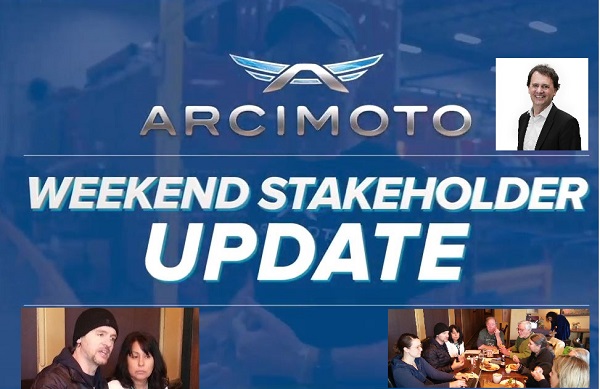
A tribute to Arcimoto’s founder from its new CEO. During the stakeholder webinar Aug. 15, Jesse Fittipaldi.
[00:00:07] Chief Executive Officer Jesse Fittipaldi: I want to talk about our friend, and the change recently, Mark Frohnmayer. I want to say: I love Mark Frohnmayer. I love the opportunity that he has given all of us here at Arcimoto to work at a truly amazing company, culturally awesome product, going after something that really matters.
[00:00:27] I think it gets all of us up every day with a smile on our face. Thank you, Mark, for that. He’s a true inspiration to work with, he’s a great friend, and a shining light. I can’t wait to see the great things you will create as our Chief Vision Officer, doing the things you love. We’re looking forward to your return after a much-needed break from this venture he has been driving for 15 years. Thank you, Mark.
[00:00:49] John Q: With stakeholder questions, Chief Marketing Officer Eric Fritz.
[00:00:54] Chief Marketing Officer Eric Fritz: So, Q&A section. We once again pulled some of the top questions: Will the current EV bill help Arcimoto and if so, what are your plans to utilize this opportunity?
[00:01:04] So, first of all, obviously we’re encouraged that we’re able to see some movement on EV tax credits as a whole and the passing of this bill is a solid step forward for the industry, and shows that there is interest in addressing adoption of EVs at the federal level.
[00:01:18] Unfortunately, EV tax credit for two- and three-wheel vehicles were not included in the Inflation Reduction Act. They had originally been included in the Build Back Better bill, which was a kind of precursor to the IRA, but there were later scratched in the final IRA bill, which is just one of the many compromises that had to be made in order to pass the bill.
[00:01:37] So that said, we continue to work with our state and federal lobbying and advocacy groups to help educate legislators on the advantage of vehicles like ours, lighter-weight, ultra-efficient, right-sized vehicles, regardless of the number of wheels on them.
[00:01:51] John Q: With the next question, Eric Fritz.
[00:01:53] Eric Fritz: What is the current order backlog for all FUVs and MLMs.
[00:01:58] John Q: Those are the Fun Utility Vehicles and Mean Lean Machines.
[00:02:04] Chief Experience Officer Lynn Yeager: Orders are defined as someone placing a non-refundable order that starts the production process. We did end Q2 with 41 customers in order backlog, and we’re encouraged by our order pacing thus far in Q3. As far as pre-orders are defined, we define them as strong leads who place a refundable deposit. We had a total of 1,000 pre-orders of MLM at the end of Q2, and we are highly encouraged by our positive response from our product announcements recently.
[00:02:30] Eric Fritz: Does the company have an update on potential fleet sales? Are there any large contracts to expect? Since use by government agencies can be a massive driver of revenue, have any governments reached out to Arcimoto or vice versa?
[00:02:46] Chief Commercial Officer Kevin O’Rourke: So you all know that I can’t necessarily talk about any future sales or contracts that are in the works today. However, I can say that the team is engaged in many positive conversations and we continue to build this said team to increase the frequency and the quality of those deals that we’re currently working.
[00:03:02] For example, the most recent addition to our commercial sales team brings more than 25 years of experience in the restaurant industry to Arcimoto. This type of experience within a specific market positions Arcimoto as an expert business partner within that arena. And speaking of specific vertical markets, we, and most of our investors we speak with, believe that The Deliverator is going to be a disruptive solution within the final-mile delivery space, and that is why that we’re working so diligently to build the strongest commercial partnerships in the industry today.
[00:03:32] Eric Fritz: What are the remaining supply chain bottlenecks preventing production scaling, and when do you think they will be resolved?
[00:03:40] Chief Operating Officer Terry Becker: The supply chain issues definitely have been a problem for us here in the last couple of years. And the bottlenecks currently being dealt with include things like the intermittent delivery of certain key parts: motors, their related inverters. They’ve been susceptible to chip shortages. The displays have also been susceptible. Also the quantities shipped to us have been dependent on the suppliers being able to scale with us.
[00:04:05] So our Chief Materials Officer Chad Boardrow is engaged daily along with his team with the supply chain partners and focuses on solutions, many different solutions required to keep the parts flowing.
[00:04:18] Two other areas of supply chain services have been the coating of material parts and the production of thermoform plastic body panels. These are two areas that Tim Hynen, the director of automation solutions, has either already implemented or he’s in the process of bringing them in-house.
[00:04:38] Vertical integration of manufacturing processes that can be automated beyond the capability of the local suppliers makes sense for us, especially when we fully utilize the capacity that we put in place. We keep an eye on the efficiency of capital expenditure this way. And it really is working out for us and Tim’s doing a great job there. So thanks, Tim.
[00:05:00] Eric Fritz: Are rental centers performing as expected and are they profitable?
[00:05:07] Lynn Yeager: The rental revenue is growing and pacing to our expectations that we’ve set around utilization and sales. We’ve also restructured our customer experience centers to optimize both the rental side and the sales functions within. We have a few different rental models currently between owned and revenue-shared structures. Our own rentals offset the OpEx (operating expenses) needed for sales and delivery operations within those centers. And our shared models are lighter in OpEx and have higher profitability potential. So we will continue to expand on all types of experience centers to support both our rental revenue growth and our consumer sales and delivery needs.
[00:05:42] Eric Fritz: What can we expect on the product development front specifically around DC fast charging, and/or full enclosure?
[00:05:51] Chief Product Officer Dwayne Lum: So we’re constantly engaged with the market and listening to customers’ needs and wants and desires. And so our product development is really driven by those customer requirements.
[00:06:01] To that end, we’ve heard repetitively and recognized the need for climate control in both extreme heat and cool environments. So we’re prioritizing full enclosure as a key priority that we’re working on. Additionally, we look at things like body systems, variations in body types, so that we can address new performance requirements and/or market opportunities.
[00:06:21] In addition to that, we’ve heard directly from fleet customers and others that DC fast charging is a key feature for them. As such, we’re working with open and universal standards for electric vehicles that combine single phase AC, three-phase AC, and DC high-speed charging for both Europe and the U.S.
[00:06:38] John Q: With the big picture, CEO Jesse Fittipaldi.
[00:06:41] Jesse Fittipaldi: Our mission is to catalyze the shift to a sustainable transportation system… Our next step is to scale our production volume, reduce the cost of our product, and prove out our factory design and automation strategy to accelerate sales and growth and achieve profitability. In the long term, we intend to leverage a replicable production model to expand manufacturing capabilities in other communities across the world.
[00:07:05] Our team recently achieved a production rate of six vehicles per day, which represents an annual run rate of 1,200 vehicles per year… We plan to reach the production rate of 12 vehicles a day by the end of the year, representing an annual run rate of 2,400 vehicles per year.
[00:07:20] John Q: It’s all about the cadence.
[00:07:23] Jesse Fittipaldi: We’ve created a cadence of production that gets us to profitability with a reasonable expenditure of capital. So the mission here is: What is the best path to profitability? Are we doing that at the right pace, where the market is, and I truly believe this team has worked really hard together, both on the sales side and the production side, to make agreements of what that cadence is.
